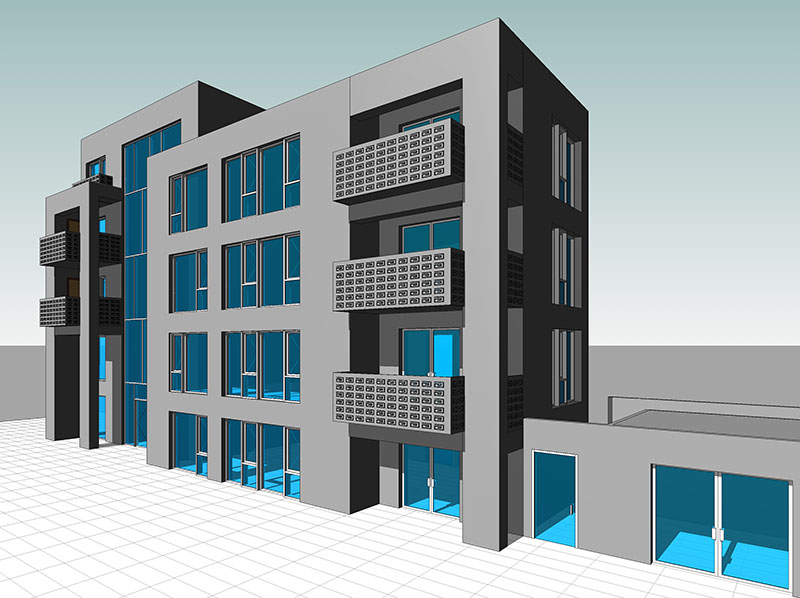Revit Families: What are loadable families used for and how are they developed?

Revit families are an intrinsic part of the design development process in Revit as they are very crucial for accomplishing the design of distinct building disciplines such as architecture, structure, and MEP. Loadable families are sometimes called as standard component families which are created by Revit users in its Family Editor tool. Apart from loadable families, there are other two types of families which are also used by Revit users during the design development process and they are system families and in-place families.
But system families cannot be developed by Revit users in Revit Family Editor as they are available in Revit in ready to use form. However, when it comes to using loadable families Revit users have to first create them in Revit family editor and then use them in modeling projects for bettering the design of different building disciplines.
=>You may like to check out BIM Services we offer
Use these steps for creating loadable families
- It is paramount for Revit users to plan the family much before they really start creating it in Family Editor.
- Users must be clear about the family sizes and how will it display in multiple views.
- It is also important for Revit users to understand properly if the family they are creating needs a host or it can be created without a host family.
- Apart from this they must have clear idea about the level of details that should be modeled by them in family that they are creating.
- Now by using right family template Revit experts have to create a new family file in Revit Family Editor.
- When families are developed in Revit, users have to be attentive in how to control the visibility of family geometry.
- So for managing the visibility of family geometry Revit experts have to define subcategories for the family in progress.
- Right after this they should be developing family framework for the standard component family that is being developed in Revit. For creating family framework it is important to define family origin and for creating component geometry users must create reference planes and reference lines.
- Once the development of family framework is accomplished Revit users should then define family type variations. For defining family type variations Revit experts have to specify distinct parameters.
- After this Revit modelers should constraint the recently created geometry to reference planes.
- For identifying correct component behavior Revit experts have to flex the model.
- If everything is working accordingly then users should save the newly developed family.